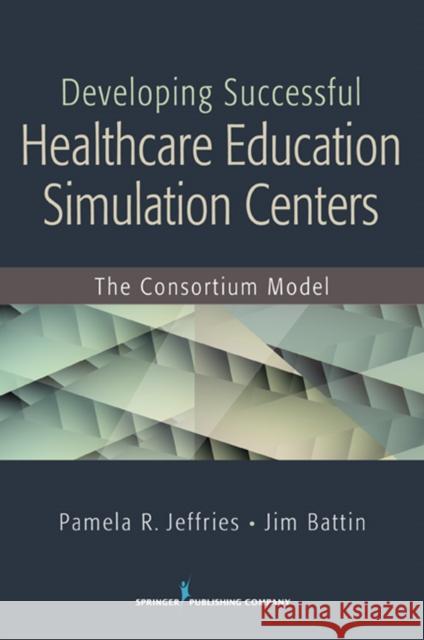Developing Successful Health Care Education Simulation Centers: The Consortium Model » książka
Developing Successful Health Care Education Simulation Centers: The Consortium Model
ISBN-13: 9780826129543 / Angielski / Miękka / 2011 / 176 str.
Pam Jefferies and Jim Battin provide a very thoughtful, step by step approach to create a collaborative health care simulation consortium. It is inspiring to witness many stakeholders come together in Southeast Indiana to effectively educate and train people entering the healthcare profession (and current nurses, doctors, and allied health professionals) This book] isn't just about health care and simulation√n it offers a terrific road-map for any community, region, or industry focused on developing human potential as the means to economic prosperity and quality of life " --John Burnett Chief Executive Officer, Community Education Coalition of Columbus, Indiana This book provides an important road map for health care professionals to develop collaborations effectively in simulation, regardless of discipline or domain. Readers can also use it to evaluate existing collaborations√n The] book will improve both developing programs and existing programs, so that educators and administrators can focus their attention on teaching and learning through simulation." --Bonnie Driggers, MS, MPA, RN SimHealth Consultants, CEO and Senior Consultant Oregon Health & Science University, Faculty Emeritus --Michael Seropian, MD, FRCPC Associate Professor, Oregon Health & Science University Past Chair and Founder, Oregon Simulation Alliance President, Society for Simulation in Healthcare Over two thirds of magnet hospitals in the United States use simulation in staff education programs, and many educators have introduced simulation into their nursing and healthcare curricula. This highly practical volume meets a growing need for guidelines on planning, organizing, and implementing a health care education simulation center, using the collaborative and cost effective consortium model. The book takes the reader step-by-step through the process of building a coalition of key stakeholders, gathering and analyzing data, assigning leadership roles within the consortium, developing a strategic plan, and implementing and sustaining it. Case studies in each chapter provide real-life insight from a successful existing consortium by examining how it operates and highlighting successes, mistakes, and lessons learned. Key Features:
- Demonstrates the financial benefits of expense-sharing
- Co-written by a successful professional educator and a prominent business leader with consortia-building expertise
- Provides step-by-step plans for building and maintaining momentum and sustainability
- Includes useful tools for achieving and evaluating excellence
- Written for nursing and healthcare administrators, managers, educational leaders, and regional community leaders











